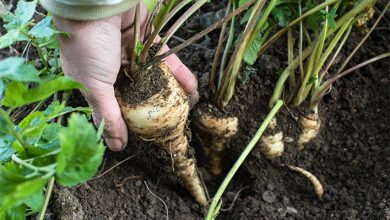Types and Varieties of Cinnamon
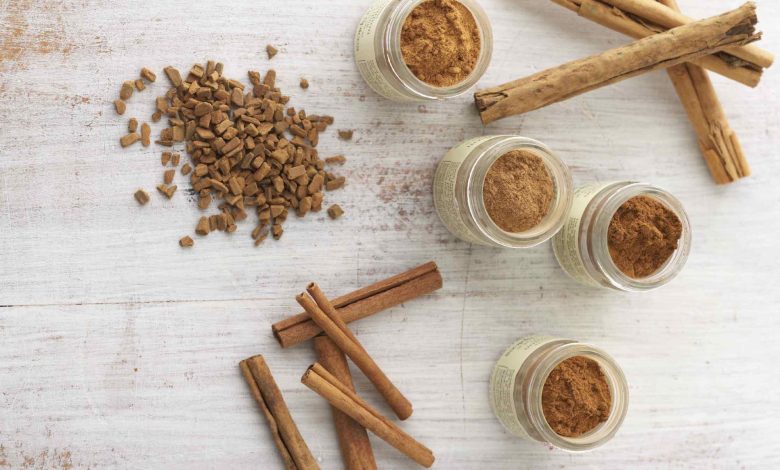
What will you learn in this article?
We show you the different varieties and types of cinnamon that exist in the world, with their characteristics, place of origin and culinary use.
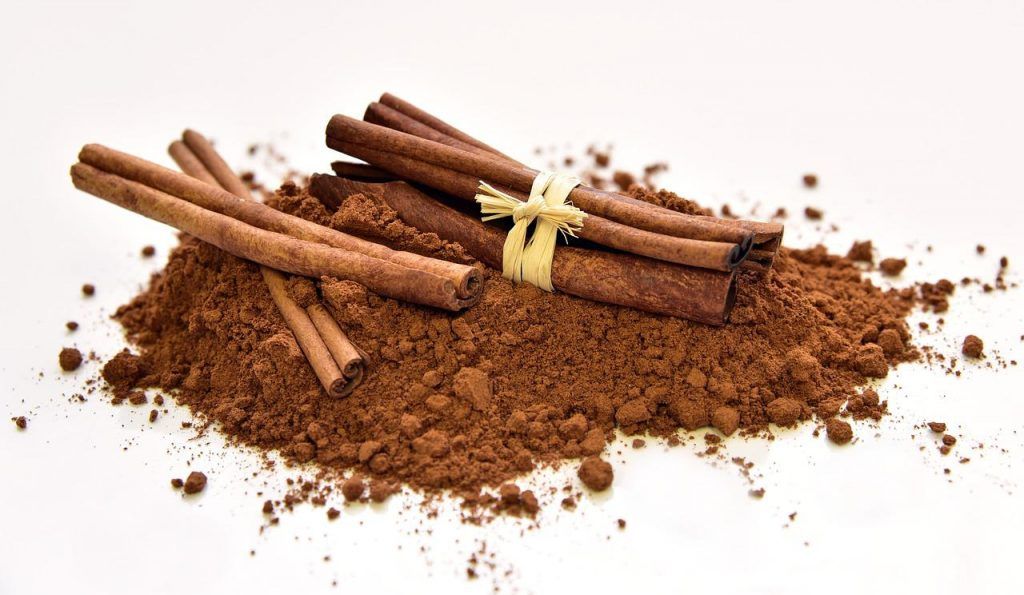
The cinnamon tree is native to Sri Lanka, it grows about 10 meters high and from it cinnamon is obtained, a food famous for being a special ingredient in daily cuisine in the world.
Its stem is of woody consistency, the bark is grayish brown, perennial cycle; the leaves, bright green on the upper face, oval and pointed.
To produce edible cinnamon, the inner bark of the tree must be peeled, the layers removed and it is processed to turn it into powder.
Most famous and important varieties of cinnamon
Cinnamon comes in several categories, originating from the Cinnamomum tree, including the following: Ceylon or Ceylon cinnamon (Cinnamomum zeylanicum) from Sri Lanka, Cassia cinnamon (Cinnamomum aromaticum) from China, and Cinnamon from the India and Vietnam.
Ceylon or Ceylon cinnamon
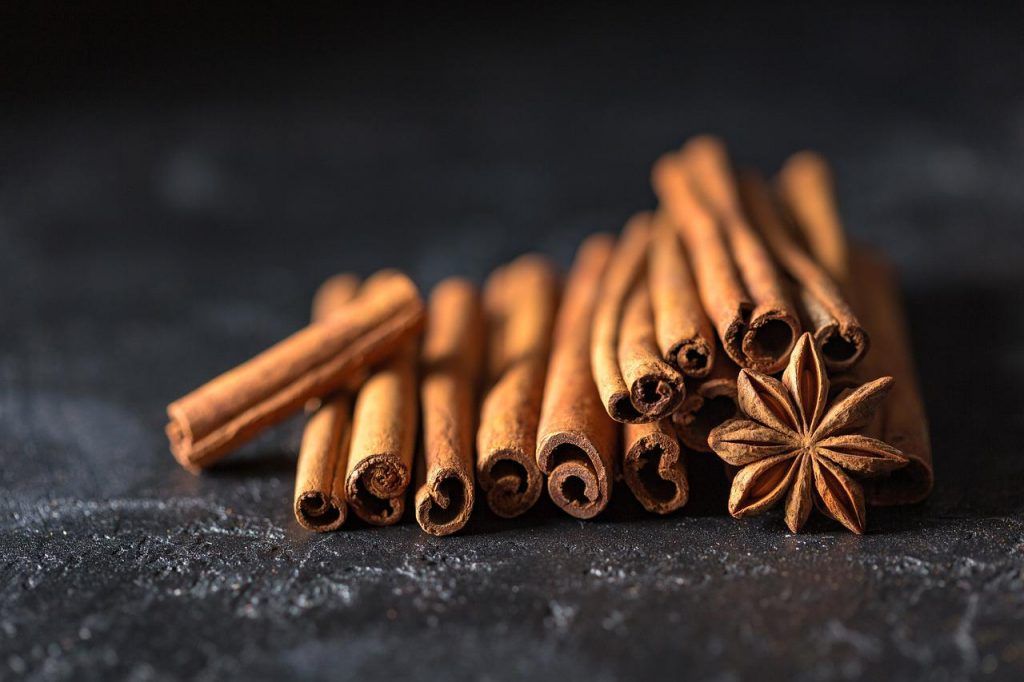
Ceylon cinnamon is known as the original cinnamon and differs from other types of cinnamon by its mild flavor, lighter color, and book-shaped sticks due to its thin shell.
It comes from an evergreen tree belonging to the Lauraceae family from which the bark and new branches are consumed. The branch is coiled in a single spiral and its consistency is fine and brittle. It is native to the forests of Colombo, the capital of Sri Lanka, but it is cultivated in other countries, such as southern India, and from these places it is distributed throughout the world.
This type of cinnamon contains much less coumarin (a chemical compound used in the preparation of anticancer drugs) than Chinese cassia cinnamon, and it is also less pungent than Chinese cassia because it contains less cinnamaldehyde, which is the organic compound responsible for the flavor and smell of cinnamon.
- What does Ceylon cinnamon taste like? Subtle, floral, fruity and slightly bitter.
- Ceylon Cinnamon Uses: Ceylon Cinnamon is best used in milk-based recipes such as flans, creams, and especially in Mexican hot chocolate and horchata. It also works well when cooking or baking with fruit, such as fruit jams or butters. Ceylon cinnamon is a favorite in European and Latin American cuisines, and is a special ingredient in Middle Eastern tomato sauce.
- Where to Buy Ceylon Cinnamon: Ceylon cinnamon is offered at some grocery stores, spice stores, or specialty online retailers.
- Origin of Ceylon Cinnamon: Ceylon cinnamon is native to Sri Lanka, an island in South Asia that was formerly known as «Ceylon.» Most of the Ceylon cinnamon is still grown there today, harvested from the delicate inner bark of its tree.
- Other names for Ceylon Cinnamon: True Cinnamon and Mexican Cinnamon
Ceylon cinnamon has more floral notes, due to linalool, which is an additive used as a perfume, and eugenol, a phenolic derivative known as clove essence. It has a sweet smell, with a good aroma, and is used to prepare slimming diets.
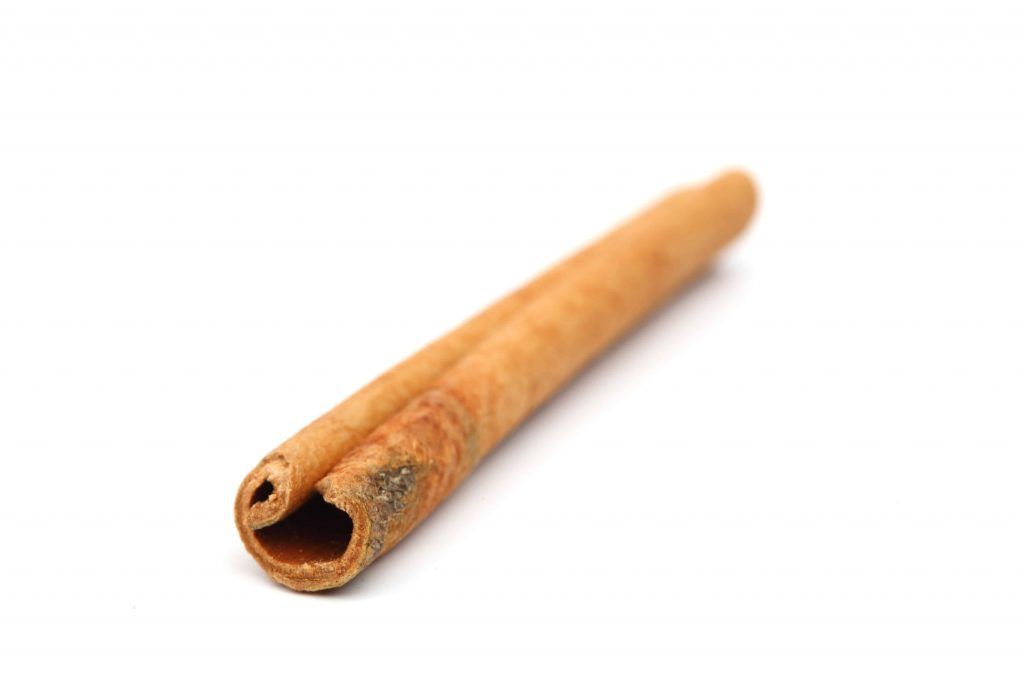
It is considered an aphrodisiac species for its anticoagulant capacity that stimulates the nervous system, and has beneficial effects against diabetes, because it reduces sugar, cholesterol and triglyceride levels.
In its elaboration, the stem of the plant is cut, which is like a cane, and the branches are discarded; then it is completely peeled until it is shiny as a spear. From there, the layers are extracted, which are cut and subjected to an elaborate process until they turn into powder, which is how it is mostly sold.
Ceylon cinnamon is good for sprinkling it on desserts and sauces and for making curries and couscous, among many other foods.
Cassia Cinnamon
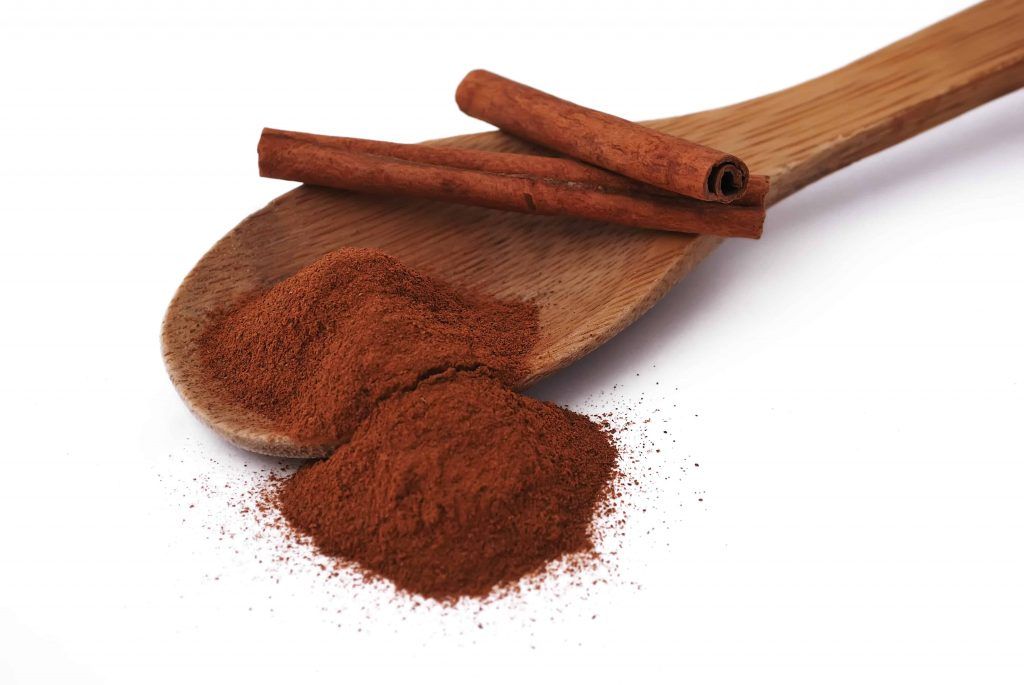
Cassia cinnamon comes from southern China, and is darker than Ceylon, as it is characterized by its brown tone with slight reddish touches that come from the color of its leaves when they are young.
Cassia is thicker and harder than Ceylon, and is wound in a double spiral, which is why it is also used as an ornament. Its aroma is very sweet, cloying, and spicy.
Cassia cinnamon is widely used in Chinese medicine for its high coumarin content; in gastronomy it is used in the preparation of the five Chinese spices; in India it is used to make massala, while in Spain it is used to make torrijas, the well-known Aranda blood sausage, in Burgos, chicken with vegetables, lentil soup, caramel apples and more.
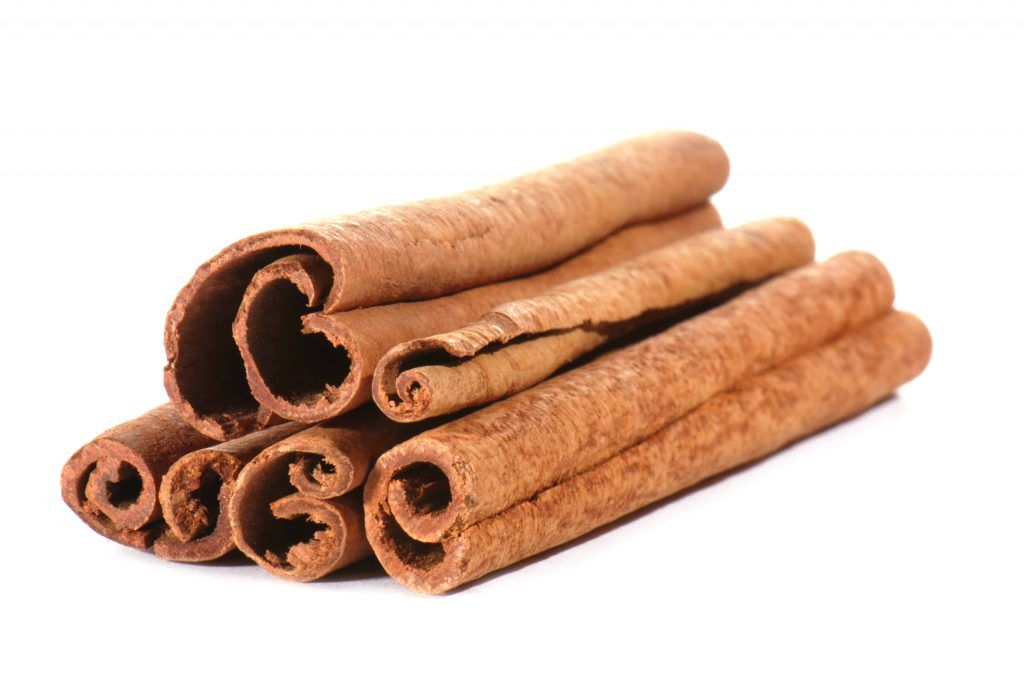
However, as coumarin is a hepatotoxic chemical compound, which affects the liver if consumed in excess (1 kg of cassia cinnamon contains 4 g of coumarin), its consumption is limited in some countries, such as in the nations of the European Union, where a limit of 15 mg per kilo of baked goods has been imposed.
Cassia cinnamon is cheaper than Ceylon, and for this reason it is the most commercialized in the world.
- What does cassia cinnamon taste like? Sweet, warm, with hints of spice and smooth.
- Cassia Cinnamon Uses: Cassia Cinnamon is best used in baking and cooking when you want the cinnamon to blend with the rest of the flavors in the recipe, acting as a supporting role in the overall flavor. It’s great for simpler, more basic recipes like cupcakes, fall and winter pies, bread pudding, quick bread, granola, and scones. Cassia cinnamon is also present in the Chinese five-spice mix and other Chinese dishes.
- Where to Buy Cassia Cinnamon: Cassia cinnamon is often available at grocery stores, spice stores, and online retailers.
- Origin of cassia cinnamon: Cassia cinnamon is native to China.
Saigon Cinnamon
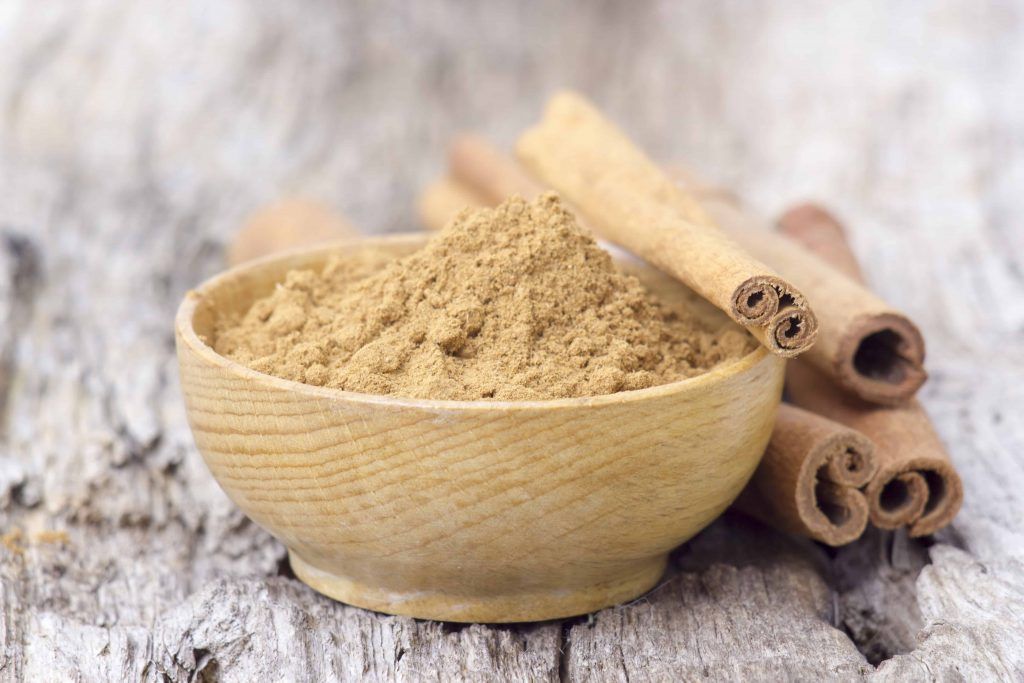
A Vietnamese product, this cinnamon comes from the Cinnamomum loureiroi tree, and is very similar to cassia cinnamon, but differs in flavor, color, shape, and coumarin content; the flavor, intense, sweet and spicy; the color, darker, tan brown, and the coumarin level is the highest among all types of cinnamon.
Saigon cinnamon is rolled into a single leaf with the ends turned inward.
It is considered a unique type of cinnamon, because it has a high concentration of essential oils, around 5%, in whose composition cinnamaldehyde predominates.
As this compound is what gives it its flavor and color, Vietnamese cinnamon is highly appreciated in the world, since it is considered to be of high quality, which is why its market price can be high.
The Vietnam cinnamon tree is different from other types of cinnamon, for example, it is twice the size of the Ceylon tree, and its bark is harvested when the plant is five years old.
It is a tree that survives the adverse conditions of Southeast Asia and, despite being known as the Saigon tree, it does not grow in this city but in the province of Quang Ngài, although it can be found in other countries, such as China and Japan.
java cinnamon
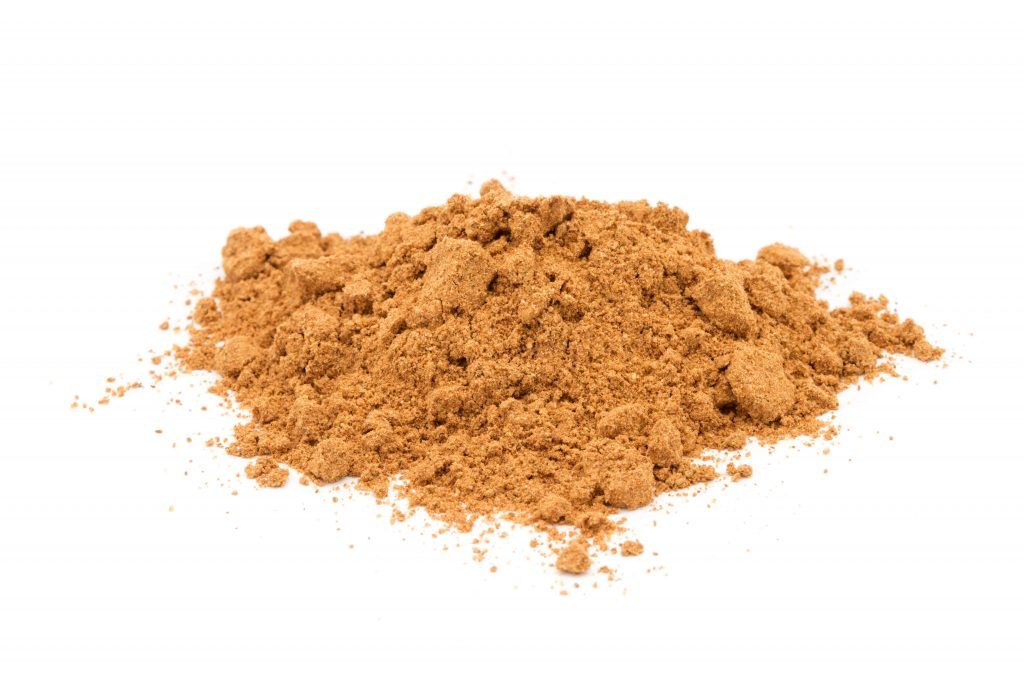
From the Cinnamomum burmannii tree, this cinnamon, also known as Korintje cinnamon, is produced in Burma and Java in Indonesia; It has the characteristic that its flavor and aroma are similar to cassia cinnamon, but it does not have the smoothness of the latter, because its bark is thicker and its coumarin levels are higher; its color is dark brown and it is spicy.
Indian Cinnamon
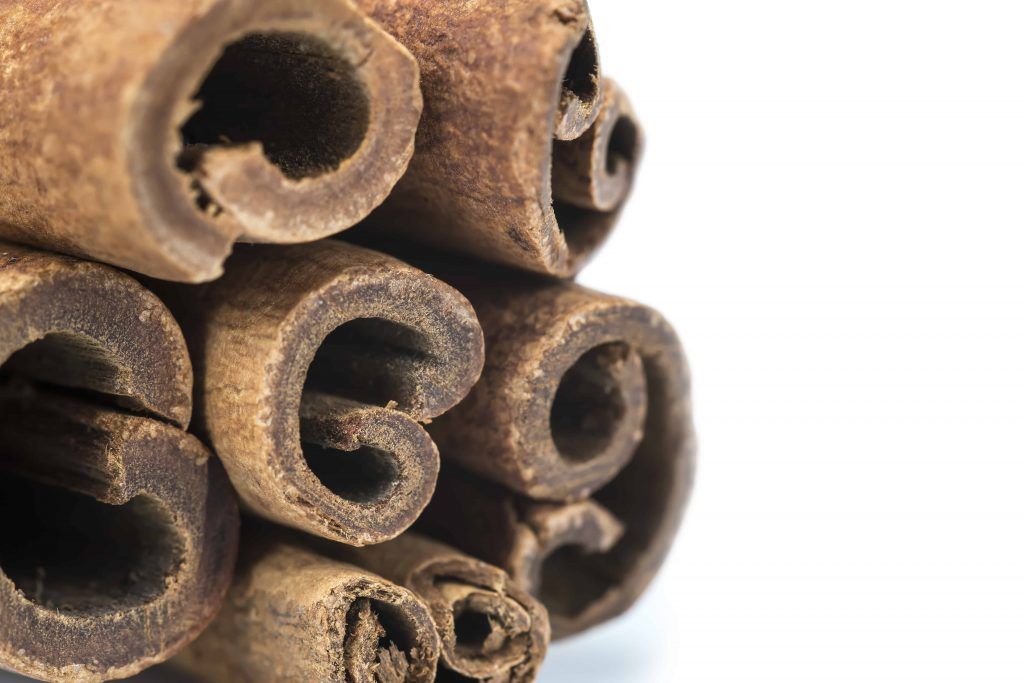
From the Cinnamomum tañiala or Cinnamomum Zeylanicum tree, native to the southern Himalayas, Indian cinnamon has a pungent and strong flavor, so it is not used in sweet dishes.
In India, as in the rest of the countries where it is grown, the cinnamon tree must be at an average annual temperature of 24-30ºC, at an altitude of 600 meters, with a rainfall of 2,000 to 4,000 millimeters per year.
It is a plant that must have special conditions to develop, such as deep, sandy loam soils with a high content of organic matter and good drainage.
Cinnamon is common in Indian cuisine where it is an essential ingredient in a good masala chai or in an Indian curry, vegetable cream and in desserts and sweet preparations.
Along with cardamom and bay leaves, cinnamon is one of the three aromatic plants that promote digestion, and is a good expectorant for colds and flu, as well as promoting circulation.
white cinnamon
It is a type of cinnamon that does not belong to the Lauraceae family but to the Cinnamon family, and comes from the Antilles and the Caribbean, where it is very abundant. Unlike other cinnamons, its color is whitish, due to its white and aromatic bark, with a smell reminiscent of Ceylon cinnamon, and its flavor is spicy.
Korintje Cinnamon
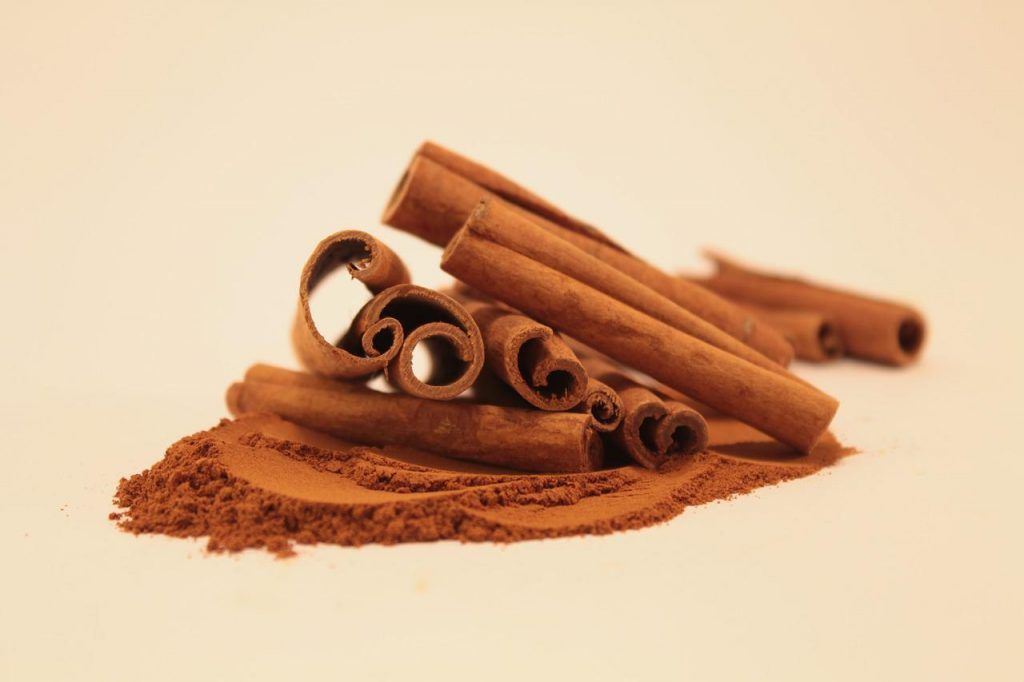
Korintje cinnamon is a type of Cassia cinnamon that is grown and harvested in Indonesia and comes from the Cinnamomum burmannii tree. Korintje cinnamon is harvested in the same way as Cassia cinnamon and Saigon cinnamon.
- What does Korintje cinnamon taste like? Woody, sweet, smooth, with hints of clove and pepper.
- Uses of Korintje cinnamon: Korintje cinnamon is reminiscent of Christmas flavors, making it perfect for use in pastries or Christmas cocktails. On the savory side, use cinnamon sticks. Korintje in pickled foods like chutney, steamed in large pots of rice, or use ground Korintje cinnamon in Indonesian curries and other curries.
- Where to Buy Korintje Cinnamon: Korintje cinnamon is mostly sold by online vendors and specialty spice stores, but can sometimes be found in chain department stores.
- Origin of Korintje Cinnamon: Korintje Cinnamon is grown in Indonesia.
Saigon Cinnamon

Saigon cinnamon is a type of Cassia cinnamon that is grown and harvested in the forests of the central mountains of Vietnam and comes from the Cinnamomum loureiroi tree. Saigon cinnamon is harvested in the same way as Korintje cinnamon, but Saigon cinnamon has a higher essential oil content.
This makes the unique flavors of Saigon Cinnamon more pronounced than Korintje Cinnamon.
- What does Saigon cinnamon taste like? Robust, spicy, sharp, rich and sweet.
- Saigon Cinnamon Uses: Because Saigon Cinnamon has such a strong flavor, it is best used in recipes with cinnamon, such as cinnamon rolls, coffee cake, pumpkin pie spice mix, snickerdoodles, and various flavors. types of donuts that use a lot of cinnamon.
- Where to Buy Saigon Cinnamon: Saigon Cinnamon is sold in some department store and chain stores. It can be bought in spice shops and online stores.
- Origin of Saigon Cinnamon: Saigon Cinnamon is native to Vietnam.
Characteristics and properties of cinnamon
In addition to culinary art, cinnamon is also known for its antiseptic and digestive compounds, which is why it has been used since ancient times in medical treatments to cure various diseases.
In culinary art, cinnamon gives a unique flavor to drinks and foods, for example, it is used in desserts, cookies and cakes, such as rice pudding.
In Mexico, Venezuela, Colombia, the European Union, India, the Middle East and Africa, cinnamon is used in different drinks, such as fruit smoothies and coffee with milk, and in dishes, such as curry, vegetable salads, couscous with chicken, vegan burritos and toast.
Its most important qualities are worth mentioning:
- It is anti-inflammatory and antioxidant. In a study carried out at the University of Hong Kong it was determined that in this sense it is above oregano and garlic.
- It even works to cure acne.
- It is a great regulator of metabolism.
- Cures digestive problems. In tea infusions, cinnamon improves gastrointestinal disorders, according to the tradition that has been followed for centuries in India and China.
- About 120 milligrams of cinnamon daily help counteract cholesterol and triglycerides, thereby reducing the risk of heart disease.
- Cinnamon oil is effective against cancer, as it limits the supply of sugar that cancer cells feed on.
- It serves to combat Alzheimer’s as demonstrated by a study of the
- University of Santa Barbara, which showed that, in addition, cinnamon activates memory, alertness and cognitive development.
- Relieves gynecological discomfort
- It is used to lose weight.
- To heal oral wounds, it is good to suck on a little cinnamon.
- It cures infections because its oil has bactericidal, antiviral and antifungal properties.
- Helps strengthen bones as it is a source of calcium.
- Improves digestion, relieves gas, nausea and heartburn, thanks to the fact that it contains fiber and calcium.
Cinnamon FAQ
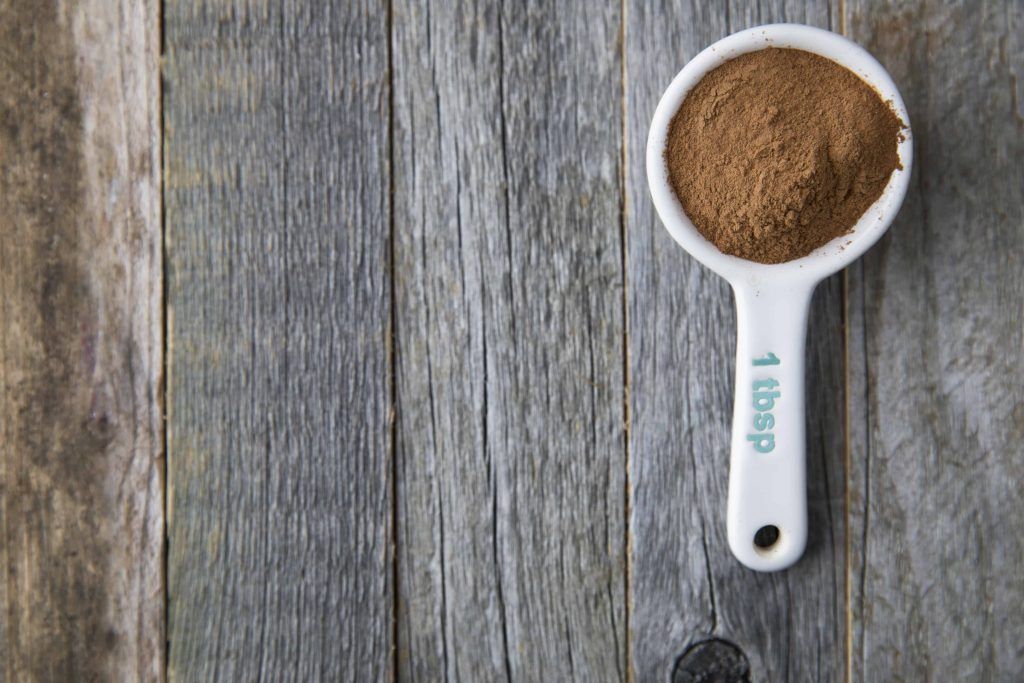
Where does cinnamon come from?
Cinnamon comes from the inner bark of various evergreen trees of the genus Cinnamomum. There are hundreds of trees in the Cinnamomum genus, but only a few make up most of the cinnamon production. These trees are mainly grown on cinnamon plantations in countries such as Sri Lanka, India, Bangladesh, China, Vietnam, Indonesia, and Myanmar.
How does cinnamon grow?
Cinnamon originally grows as the inner bark of an evergreen tree. These trees take at least 2 years to grow before your cinnamon is ready for sustainable and responsible harvesting.
How is cinnamon harvested?
When it comes time to harvest the cinnamon, the outer bark of the cinnamon tree is peeled and scraped off, revealing the inner bark. The larger pieces that are cut from the inner bark will be made into ground cinnamon, while the narrower pieces will be dried in the sun and cured into cinnamon sticks.
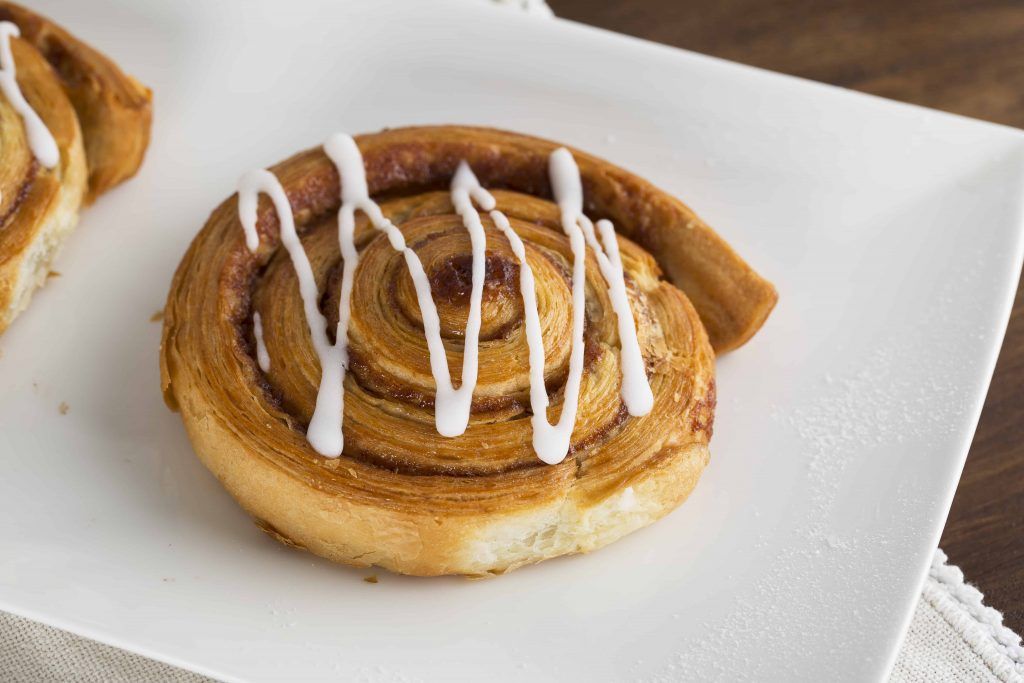
How does Ceylon cinnamon grow?
Ceylon cinnamon needs patience and time to grow from the start. When a Ceylon tree, Cinnamomum Verum, is first planted, farmers must let the tree grow for four years before they can harvest the cinnamon from its inner bark. These trees are cared for throughout the year to be fit for the harvest season.
How is Ceylon cinnamon harvested?
Ceylon cinnamon is harvested when the bark of the tree is still wet, preferably first thing in the morning. The moist bark of the tree is favorable because it is easier to work with than dry branches. Once ready for harvest, farmers cut Ceylon trees close to the root so they can grow faster. The growers cut down the entire tree and all of its branches with an axe.
Once the branches of the tree have been harvested, the peelers must remove the knots from the tree and then the outer bark of the tree. Once the inner bark is exposed, the peeler will delicately shave and peel the inner bark by hand with a special tool. The inner bark must be shaved extremely fine to produce the best cinnamon sticks. Peelers try to get a 1″ width of peeled inner rind.
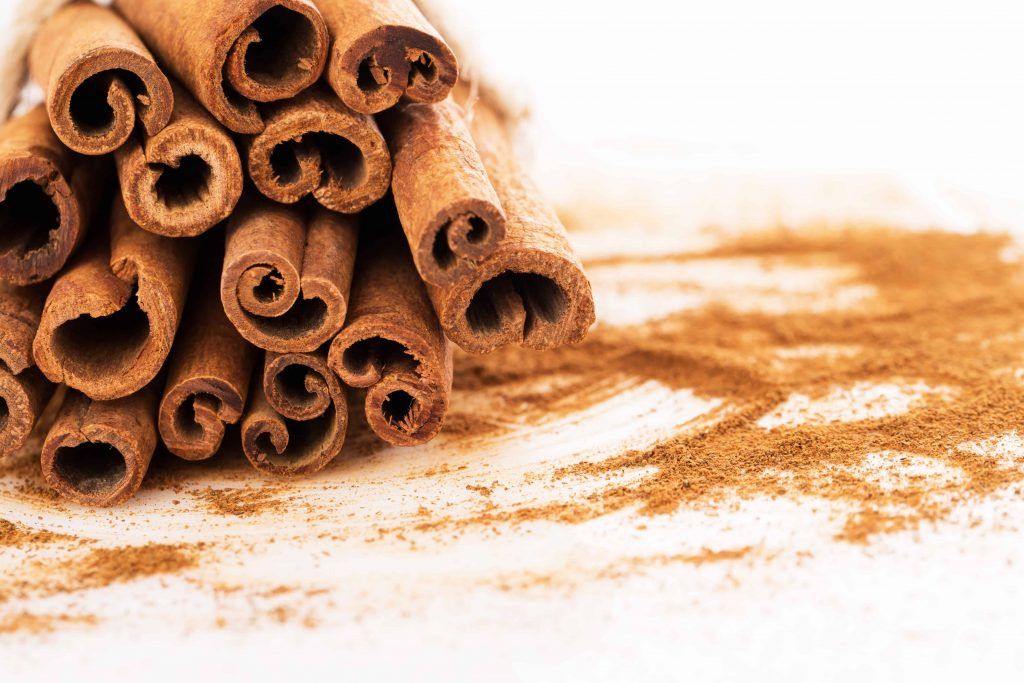
Once the bark is removed, the pieces are placed to cure and dry in the sun. This causes the bits to curl up into tender, soft feathers, which are then stuffed with smaller pieces of more layers of inner bark to keep the outer feather intact. The process is so tedious that even a master peeler only produces about three pounds of quills a day.
Cinnamon feathers are dried in the sun for three to four days.
After drying, they are sent to a separate facility for sorting and pricing. Its value is determined by its width, density, color and essential oil content. Typically, the highest quality Ceylon cinnamon takes four times longer to produce than the lowest quality. Broken or cracked pieces of Ceylon cinnamon are made into ground powder.
Where does cinnamon grow?
Cinnamon is grown in Asia, the West Indies and South America. Some of these countries are Sri Lanka, India, Bangladesh, Myanmar, China, Vietnam and Indonesia.
How to use cinnamon stick

There are three different ways to use cinnamon sticks:
- Keep Them Whole: Whole cinnamon sticks can be used for steeping in soups, sauces, broths, milk, and even when making mulled wine. You can also keep them whole to steam them over rice or in a slow cooker breaking up the meat to impart a mild cinnamon flavor that will add to the richness of your dish. Whole cinnamon sticks also make a great decoration for fall and winter cakes and other baked goods.
- Make freshly ground cinnamon: If you want the freshest cinnamon possible, buy whole cinnamon sticks and grind them into cinnamon powder. Try this tactic the next time your recipes call for ground cinnamon and see what a difference it makes.
- Break into smaller pieces: If you break the cinnamon sticks into smaller pieces, you can introduce these broken feathers in teas and other

![Photo of Prune Incense: [Importance, Time, Tools, Considerations and Steps]](https://www.complete-gardening.com/wp-content/uploads/2021/06/Plectranthus_Coleoides_1621011848-390x220.jpg)
![Photo of Weevil: [Characteristics, Detection, Effects and Treatment]](https://www.complete-gardening.com/wp-content/uploads/2021/06/Que-es-el-picudo-390x220.jpg)
![Photo of Blackberry Pests and Diseases: [Detection, Causes and Solutions]](https://www.complete-gardening.com/wp-content/uploads/2022/08/blackberry-pests-and-diseases-detection-causes-and-solutions-390x220.jpg)
